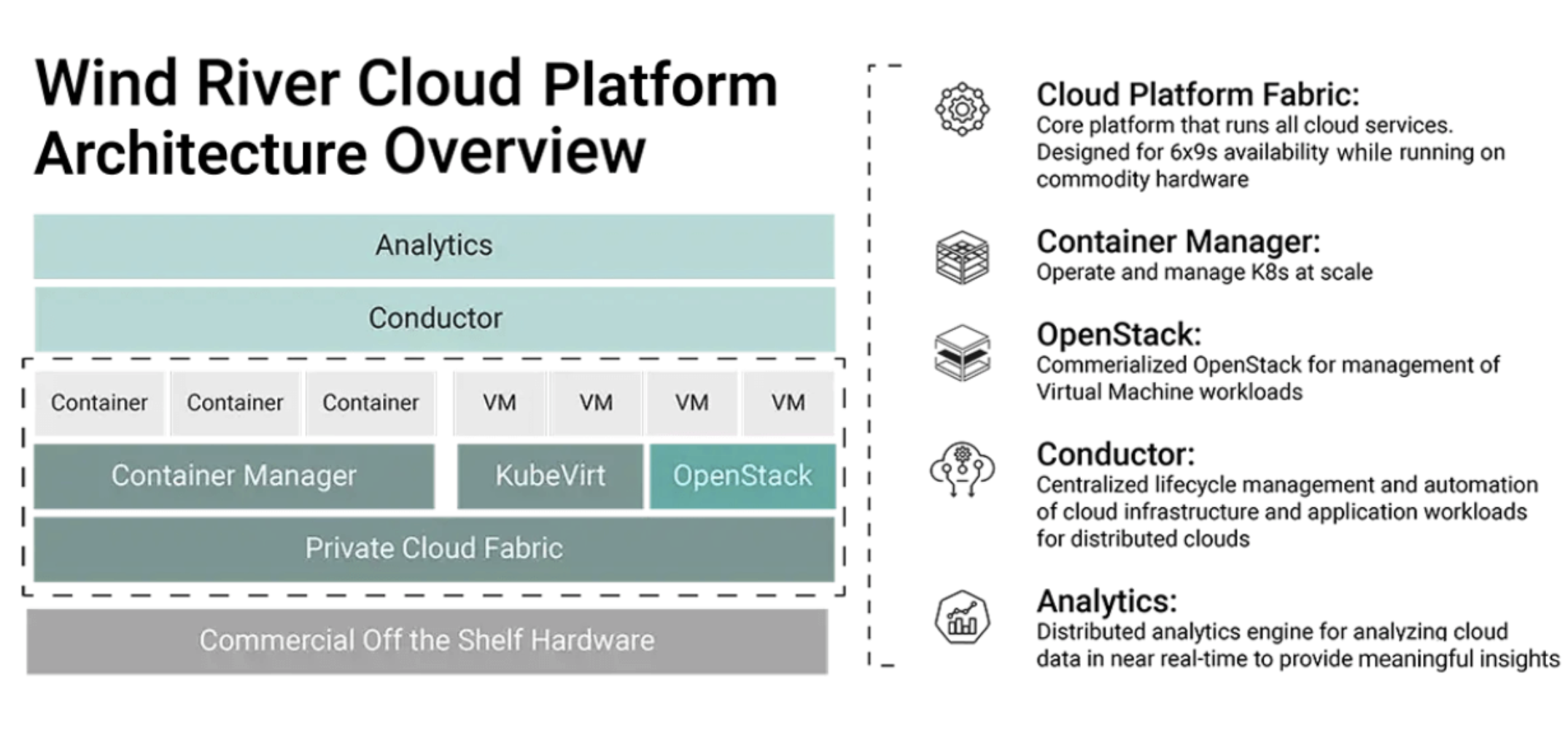Broadcom, under the leadership of CEO Hock E. Tan, recently closed its $69B acquisition of VMware. Post-acquisition, Broadcom is moving quickly in undertaking several critical initiatives with VMware that, while likely beneficial to Broadcom shareholders over the long term, are causing uncertainty among many VMware customers.
Transition to Subscription Model
One of Broadcom’s primary strategies to drive revenue growth is shifting VMware’s business model from a perpetual license to a subscription-based one. This change aims to provide more predictable and stable revenue streams and aligns with the broader industry trend towards subscription services.
The move was described during the company’s most recent earnings call as central to Broadcom’s plan to boost VMware’s contribution to its pro forma EBITDA to approximately $8.5 billion within three years, a considerable increase from VMware’s current production of about $4.7 billion. The emphasis on subscriptions is a key component of this ambitious growth target.
Broadcom’s move to subscription models could lead to slower short-term growth for VMware and necessitate restructuring contracts from perpetual to subscription. VMware’s strategy includes a trajectory of accelerated growth. The move to higher-value software stacks and subscription sales is expected to drive revenue growth over the next three years.
This transition could also affect VMware’s customer relationships, as customers may push back against the shift to subscriptions, which are generally perceived as more expensive than perpetual licenses. VMware’s expansion beyond infrastructure management with products like Tanzu could face hurdles if customers pause or reconsider their investments amid these changes.
Selling off Desktop & Carbon Black
During its earnings call, the company revealed plans to divest VMware’s end-user computing portfolio and its Carbon Black security software unit. This strategic move aligns with Broadcom’s stated intent to concentrate VMware’s resources and efforts on creating global private and hybrid cloud environments tailored for large enterprises.
The end-user computing portfolio, encompassing desktop virtualization, application publishing, and mobile device management, alongside Carbon Black, a security software unit, are identified as non-core assets and are set to be separated from VMware’s main business.
Broadcom expressed a commitment to finding suitable buyers for these units, ensuring they find “good homes,” considering that many of their customers overlap with those of VMware’s core products. This decision reflects Broadcom’s broader strategy to refine VMware’s product offerings and focus on areas that align with its vision of developing high-value cloud infrastructure solutions for global enterprises.
The company said that the moves are essential to redirect VMware’s efforts towards its primary business of creating private and hybrid cloud environments, which is crucial for large enterprise customers worldwide.
Layoffs
Just days after it closed its acquisition, news emerged that Broadcom is set to lay off at least 2,837 VMware employees. This includes a substantial number at its Palo Alto campus in California, accounting for 1,267 employees, and 577 at its Austin facility.
It’s important to note that the actual number of layoffs could exceed these figures since not all layoffs must be reported through WARN notices. The total workforce of VMware globally is around 38,300 employees.
The layoffs are officially attributed to “economic” reasons, although Broadcom has not provided further specifics or justifications. Despite these layoffs, VMware remains a central piece in Broadcom’s strategy for its enterprise software segment.
Analysis
You can look at a company from the perspective of the customer or the stockholder. I’m not a financial analyst, so I’m going to interpret Broadcom’s actions with a view of how those actions might impact an IT organization; after all, the IT practitioner is most directly impacted.
Broadcom’s acquisition of VMware represents a strategic pivot that underscores the semiconductor giant’s intensified focus on enterprise software. Transitioning VMware towards subscription models is a savvy move that aligns with broader market trends. But this shift may test customer loyalty, as subscription models often imply higher costs over time than perpetual licenses.
The decision to divest VMware’s end-user computing and Carbon Black units clearly indicates that Broadcom seeks to sharpen VMware’s focus on its core competencies in cloud environments. Such divestitures could streamline operations while also raising questions about future innovation and support for VMware’s broader product suite.
Layoffs following the acquisition, while delivering operational cost savings, may have a broader impact on VMware’s innovation trajectory and customer service capabilities. This reduction in force, ostensibly for economic reasons, could introduce risks related to execution and market perception.
Predicting how Broadcom’s moves will impact VMware products and services over the long term is impossible. The swiftness with which Broadcom instituted layoffs and product divestitures raises questions about how it will guide VMware forward.
As in any period of uncertainty involving technologies fundamental to critical IT infrastructure, IT organizations are well-advised to comprehensively analyze the risks involved before committing to any significant VMware deployment or renewing long-term license agreements. IT buyers should look to mitigate risks with a dual-vendor approach where feasible.
Many VMware customers are already adopting alternative solutions. Nutanix, VMware’s closest competitor, revealed record growth in its most recent earnings. While much of Nutanix’s growth was driven by its own strategic initiatives, CEO Rajiv Ramaswami acknowledged that the company did “close some additional deals” explicitly because of uncertainty about how the acquisition will unfold.
With the industry watching, Broadcom’s stewardship of VMware in the coming fiscal year will be a critical test of its strategic vision for enterprise software dominance. While Broadcom is clearly focused on getting the financial aspects of the acquisition quickly under control, how the company will deliver long-term value to its VMware customers will become clearer.
Until there’s clarity, however, IT organizations should continue to act with caution. Mitigating risk, after all, is the number one job for enterprise IT.





